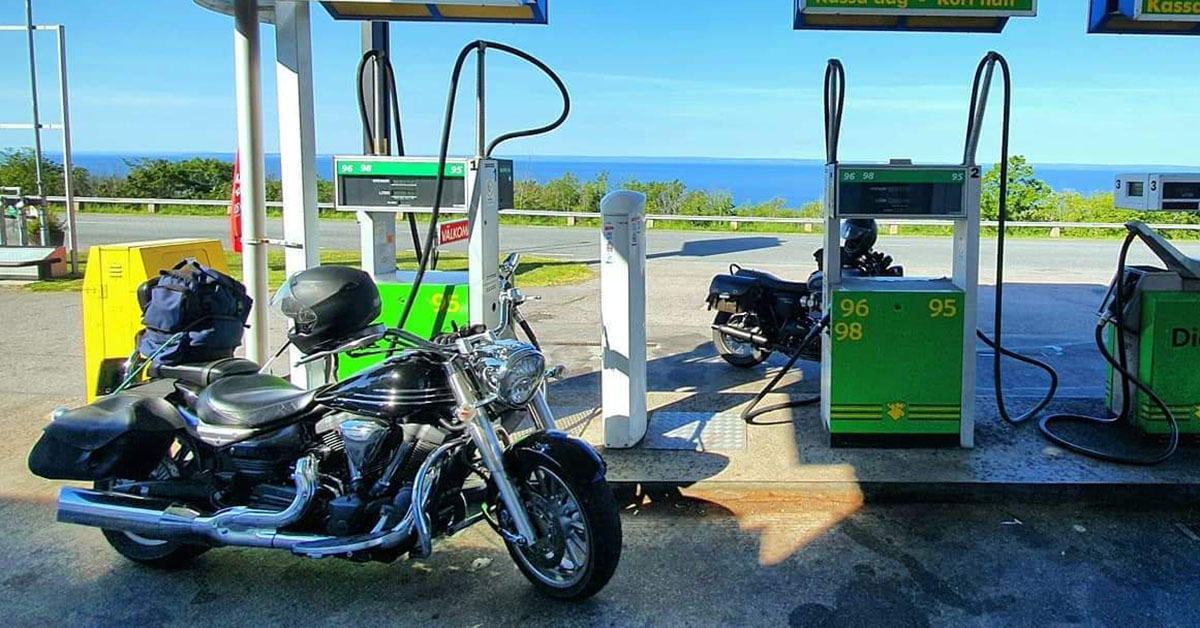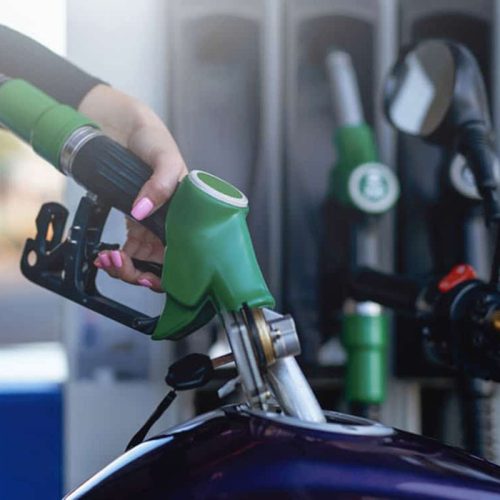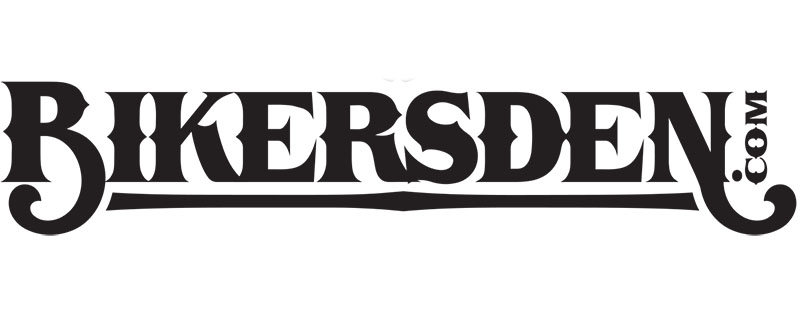
It seems freakin’ weird to be writing an article about fuel economy for motorcycles, but here we are. Gas is through the roof and what once was a pleasant way to waste $30 on a weekend is now more like wasting a day’s pay on the weekend.
Nevertheless, here goes:
- Get your tire pressure right. One of the easiest ways to boost your scoot’s fuel economy is simply inflating the damned tires properly. Trust me, I’ve ridden with them soft for years to try to make old suspension feel better, but if you are looking for the most bang out of pump, check your tires and get them up on the high side of the air pressure listed on the sidewall. Now, don’t go crazy – if it says 35 PSI, don’t think that “more is better” – it isn’t. Remember, too, that tires can be finicky. I once had a set of rubber on the Sportster that I could run as low as 16 PSI with no handling issues, but my new set is positively scary under 23. Also keep in mind that the temperature of the pavement is going to impact the operating pressure of the tire – so check your tires after they’re good and warm to get a “real world” number. It doesn’t really matter what they are in the garage…
- Lube it up? I’m usually NOT a fan of silly additives for oils and greases, but I’ve actually measured the differences in fuel economy on a few bikes and trucks over the years once they’ve switched to synthetic lubricants.
They DO seem to make a difference, but if you’re adding a synthetic lube to a tired engine or gearcase, understand you might end up with a new leak. Mostly, I’ve noticed this in transmissions, but enough people I trust have mentioned it about engines that I’ll repeat it here.
Now, are you going to suddenly double your fuel economy? No. In fact, you’ll likely be lucky to see a 5% increase in it. On the other hand, that’s free money.
- Check your brakes. A little adjustment can go a long way here, but make sure that “little” is just that. The bike should roll freely, and there should be a visible gap between the pad and the rotor. In some cases, you might be able to take up some slack (or add some) at the handle, but if you’re not sure? Go find someone who is. You absolutely do NOT want to lose your brakes to save a few bucks in gas.
- Tune it up. For those of us with older bikes, we have a few more options than those with computer-era rides. If you’re looking to get a few more MPGs, a little leaner carb setting and playing with timing can give you some benefit, but that’s pretty in-depth stuff for this post. Keep it in mind, though, because if you built a bar hopper three years ago and are planning on riding it hard this year, you can thin things out a bit and get a little more out of a tank of gas.
- What’s on the bike? Now, this is going to sound crazy, but I know a lot of guys that carry everything but the kitchen sink with them on a ride. I’m NEVER far from a basic tool kit, and I usually have a few odds and ends in the bags for a long trip, but for a regular ride on a Saturday? You can probably leave half that junk at home. In fact, if you really want to see your fuel efficiency go up? Lose that 20 pounds you put on when you were at home during the pandemic.
 Who’s got gas? It’s worth paying attention to how your bike reacts to fuel from different gas stations. Years ago, an Ironhead I had ran like absolute crap with gas from BP, but would run like the wind with gas from Texaco. I’ve got a few brands my bikes have proven to run well with, and I try to use their fuel even if I stop for gas in a different town. Where I’m located, all the gas comes from the same refinery, so in this case, it’s just a matter of when the gas got there, not who made it. You might find all gas is not created equally.
Who’s got gas? It’s worth paying attention to how your bike reacts to fuel from different gas stations. Years ago, an Ironhead I had ran like absolute crap with gas from BP, but would run like the wind with gas from Texaco. I’ve got a few brands my bikes have proven to run well with, and I try to use their fuel even if I stop for gas in a different town. Where I’m located, all the gas comes from the same refinery, so in this case, it’s just a matter of when the gas got there, not who made it. You might find all gas is not created equally.
Prices are up on everything, I get that, but some minor tweaks can give you a boost at the pump. Try them out – one at a time if you can – and you’ll likely find each one gives you a little bit. Of course, there’s no replacement for driving smarter. If you redline the engine at every shift, your mileage is going to suck. Likewise, play around with the speed you run on longer trips; you might find – as I did – that the gearing on your bike “likes” 58 mph better than 67 mph.
Either way, get out there and enjoy the ride – it’s still cheaper than driving a car!



